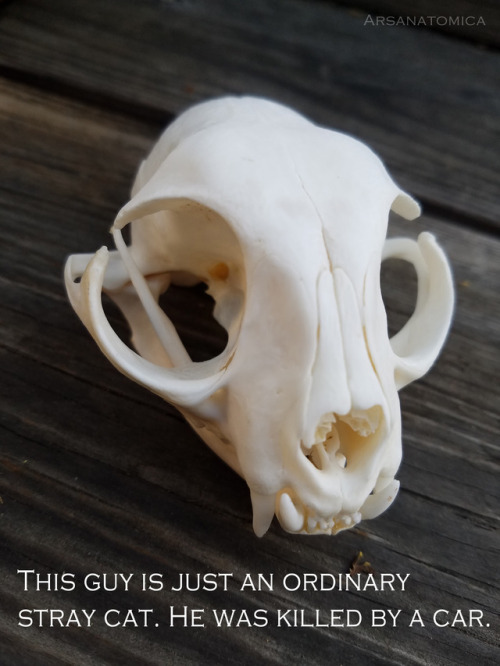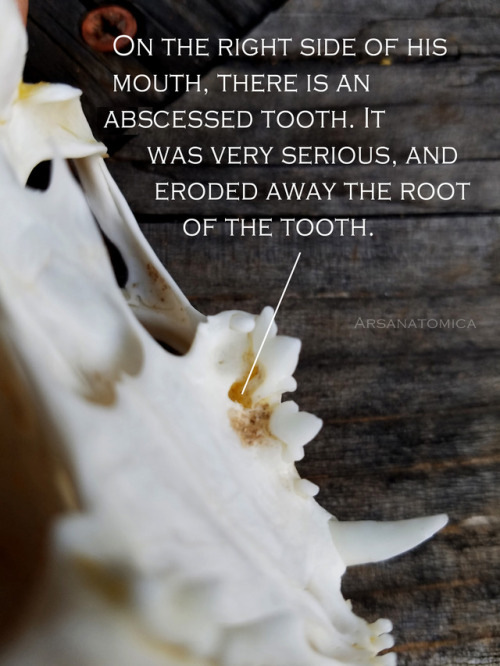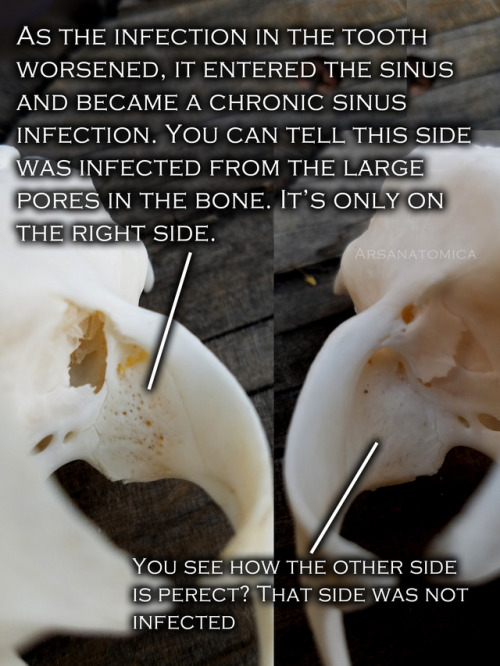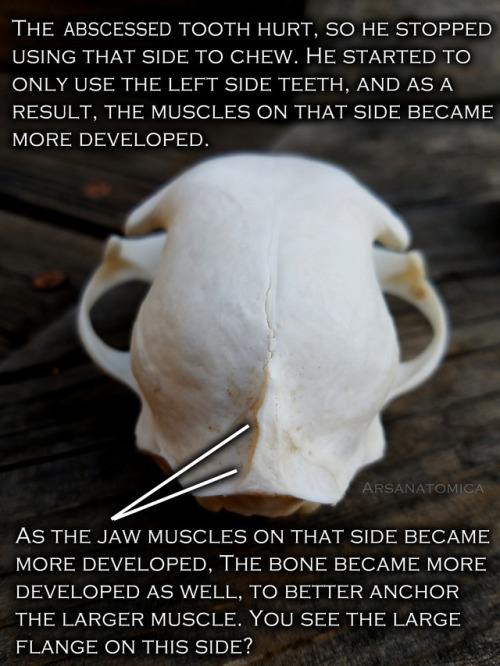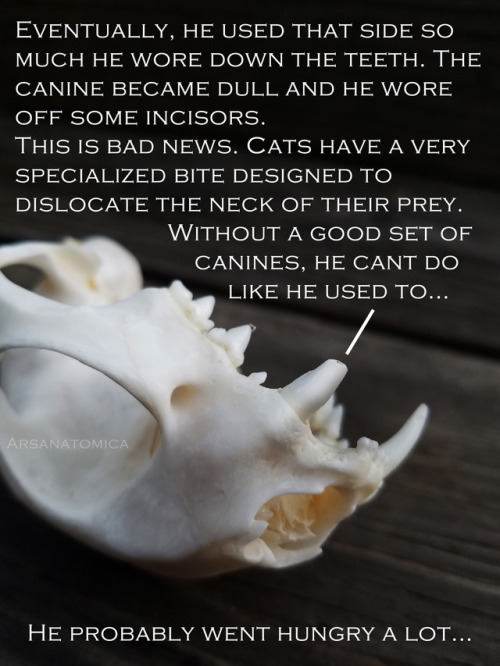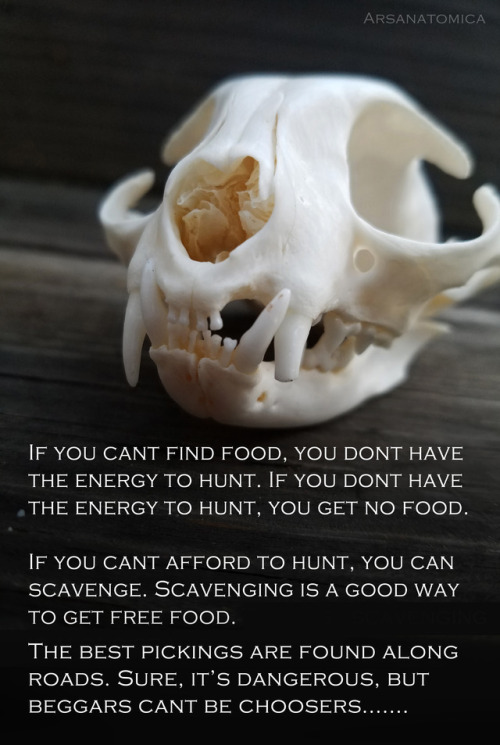Person Living At The Top Of A Skyscraper Experiences Time Faster Than One At The Bottom
coolest physics thing that u know??
The coolest physics thing that I know keeps changing over time. But here is one that is extremely fascinating ( and also exaggerated for the effect ; but true! ):
Person living at the top of a skyscraper experiences time faster than one at the bottom
It is a known fact that the higher you are in the earth’s ** atmosphere, the lesser the effect of gravity is.
But the lesser the effect of gravity is, the faster the time ticks.

By how much you ask? Even if you live on the top floor of the Burj Khalifa your entire life, you would have aged more only by a few milliseconds than your friends at the bottom.
( Sure, doesn’t seem like much, but hell would break loose if we don’t consider this on the bigger scale of things )
This is known as Gravitational time dilation and is at the foundations of General Theory of Relativity. (More about this in an upcoming post)
Have a great day and thanks for asking!
EDIT: ** Lets just say hypothetically the earth is not spinning( just to ignore special relativistic effects) and we are looking at only the effects of height.
More Posts from T-sci-eng and Others

IMPOSSIBLE! Right? You may have heard “the interior angles of a triangle always add up to 180 degrees”. This is not always true. Check out the second image, it shows a triangle with 3 right angles for a total of 270 degrees!
It is true in flat Euclidean geometry (the geometry you probably learned in school) however. But there are so many other geometries out there! You may be thinking, are other geometries real though? A mathematician would argue they are just as real as the typical flat geometry you know and love (or hate). These alternative geometries can be practically useful too!
The images above show triangles in spherical geometry. Those aren’t triangles though! Oh but they are! A triangle is just a polygon enclosed by three lines. Looks like it fits the criteria. Wait but those aren’t lines, they are curved! Ah yes. I argue that these are, for all intents and purposes, just as good as lines. We need to ask: What is a line? A line is so basic to us we may not know how to describe it. I offer this definition: A line is the shortest path between 2 points. The 3 curves that make the triangle above are in fact the shortest paths from one vertex to the other on the surface of the sphere (they just so happen to be on circumferences of the sphere, which are often referred to as great circles). So it may be more useful to think of lines, in general, as length minimizing curves. In conclusion, we would consider the shape above to be a triangle as it is enclosed by 3 length minimizing curves on a surface.
Spherical geometry can be very useful; think about the Earth. To reduce travel time, airplanes would want to travel along great circles as they are the shortest paths from one place to another. Additionally, this type of thinking (rethinking straight lines as length minimizing curves) is central to Albert Einstein’s general theory of relativity.
read more at http://staffrm.io/@missnorledge/35H6cS1T52
Flat tires could eventually be a thing of the past. Michelin has unveiled the concept for a 3-D printed, airless tire.
follow @the-future-now
That Time We Flew Past Pluto…
Two years ago today (July 14), our New Horizons spacecraft made its closest flyby of Pluto…collecting images and science that revealed a geologically complex world. Data from this mission are helping us understand worlds at the edge of our solar system.

The spacecraft is now venturing deeper into the distant, mysterious Kuiper Belt…a relic of solar system formation…to reach its next target. On New Year’s Day 2019, New Horizons will zoom past a Kuiper Belt object known as 2014 MU69.

The Kuiper Belt is a disc-shaped region of icy bodies – including dwarf planets such as Pluto – and comets beyond the orbit of Neptune. It extends from about 30 to 55 Astronomical Units (an AU is the distance from the sun to Earth) and is probably populated with hundreds of thousands of icy bodies larger than 62 miles across, and an estimated trillion or more comets.

Nearly a billion miles beyond Pluto, you may be asking how the spacecraft will function for the 2014 MU69 flyby. Well, New Horizons was originally designed to fly far beyond the Pluto system and explore deeper into the Kuiper Belt.

The spacecraft carries extra hydrazine fuel for the flyby; its communications system is designed to work from beyond Pluto; its power system is designed to operate for many more years; and its scientific instruments were designed to operate in light levels much lower than it will experience during the 2014 MU69 flyby.
What have we learned about Pluto since its historic flyby in 2015?
During its encounter, the New Horizons spacecraft collected more than 1,200 images of Pluto and tens of gigabits of data. The intensive downlinking of information took about a year to return to Earth! Here are a few things we’ve discovered:
Pluto Has a Heart

This image captured by New Horizons around 16 hours before its closest approach shows Pluto’s “heart.” This stunning image of one of its most dominant features shows us that the heart’s diameter is about the same distance as from Denver to Chicago. This image also showed us that Pluto is a complex world with incredible geological diversity.
Icy Plains

Pluto’s vast icy plain, informally called Sputnik Planitia, resembles frozen mud cracks on Earth. It has a broken surface of irregularly-shaped segments, bordered by what appear to be shallow troughs.
Majestic Mountains

Images from the spacecraft display chaotically jumbled mountains that only add to the complexity of Pluto’s geography. The rugged, icy mountains are as tall as 11,000 feet high.
Color Variations

This high-resolution enhanced color view of Pluto combines blue, red and infrared images taken by the New Horizons spacecraft. The surface of tPluto has a remarkable range of subtle color variations. Many landforms have their own distinct colors, telling a complex geological and climatological story.
Foggy Haze and Blue Atmosphere

Images returned from the New Horizons spacecraft have also revealed that Pluto’s global atmospheric haze has many more layers than scientists realized. The haze even creates a twilight effect that softly illuminates nightside terrain near sunset, which makes them visible to the cameras aboard the spacecraft.
Water Ice

New Horizons detected numerous small, exposed regions of water ice on Pluto. Scientists are eager to understand why water appears exactly where it does, and not in other places.
Stay updated on New Horizons findings by visiting the New Horizons page. You can also keep track of Pluto News on Twitter via @NASANewHorizons.
Make sure to follow us on Tumblr for your regular dose of space: http://nasa.tumblr.com

Students fortify concrete by adding recycled plastic
Adding bits of irradiated plastic water bottles could cut cement industry’s carbon emissions
Discarded plastic bottles could one day be used to build stronger, more flexible concrete structures, from sidewalks and street barriers, to buildings and bridges, according to a new study.
MIT undergraduate students have found that, by exposing plastic flakes to small, harmless doses of gamma radiation, then pulverizing the flakes into a fine powder, they can mix the plastic with cement paste to produce concrete that is up to 20 percent stronger than conventional concrete.
Concrete is, after water, the second most widely used material on the planet. The manufacturing of concrete generates about 4.5 percent of the world’s human-induced carbon dioxide emissions. Replacing even a small portion of concrete with irradiated plastic could thus help reduce the cement industry’s global carbon footprint.
Reusing plastics as concrete additives could also redirect old water and soda bottles, the bulk of which would otherwise end up in a landfill.
Read more.



Alloys: 300 series Stainless Steel
When chromium is added to steel in sufficient amounts, it reacts with oxygen on the surface of the metal, creating a thin transparent layer that prevents further oxidation such as rusting. The layer is even self-healing, when damaged by scratches or wear. Steels that have over ten percent chromium added are classified as stainless steels, with high strength and toughness, in addition to the corrosion resistance - and there are hundreds of varieties of stainless steel.
As such, these alloys are divided into types, or series, often defined by their compositions or the methods of forming and working them. The 300 series of stainless steels are austenitic stainless steels, with an austenitic or face-centered cubic crystal structure. They contain anywhere from about 15-30% chromium, as well as up to about 20% nickel and other elements such as molybdenum. The nickel stabilizes the austenitic structure and increases ductility as well as high temperature strength and corrosion resistance.
The 300 series alloys are non-magnetic in the annealed condition, though they can become slightly magnetic when cold worked, depending on the nickel content. Comparatively, these steels have high ductility, low yield stress, and high tensile strengths.
Commonly used 300 series stainless steels include 301, 302, 304, and 316, as well as the low carbon variations of these types, designated with an L, such as 316L. 304 stainless steel is also often called 18/8 stainless steel, given that it has 18% Cr and 8% Ni, or A2 stainless. The 316 grade is also know as A4, or marine grade stainless.
In the photos above, the Gateway Arch in St. Louis is clad in type 304 SS, while the Chrysler Building in New York is clad with Nirosta stainless steel, a form of type 302.
Sources: ( 1 ) ( 2 ) ( 3 ) ( 4 - images 1 and 2 ) ( 5 - image 3 )

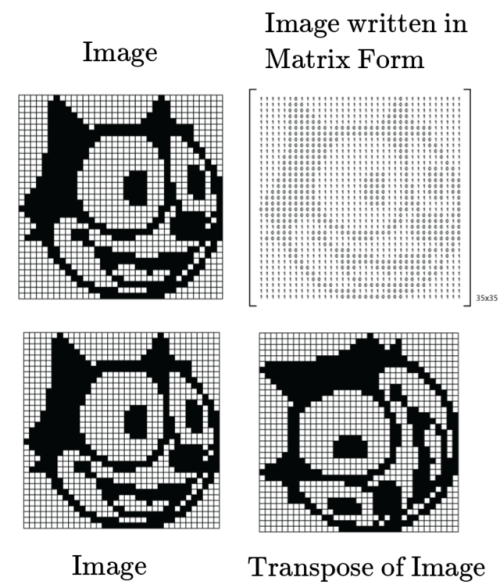

On the transpose of a matrix
In this post, I would just like to highlight the fact an image can be represented in a matrix form and matrix transformations such as transpose, shearing, scaling, etc, from an image processing point of view are purely physical !
Check out this article from the klein project if this post interested you.
Have a great day!
* Interactive Felix the cat and matrix
On the cross product
Understand the concept and not the definition.

If you have studied vectors, then the notion of a cross product is something that you might be familiar with.
Although it is taught in many colleges and schools in its mathematical glory, this post aims to supplement the same but with an real-life example.
The cross product

The magnitude of the cross product is the area of the parallelogram with two sides A and B.
The orientation of the cross product is orthogonal to the plane containing this parallelogram.
Why on earth is it orthogonal ? Like seriously…
I mean this is one of the burning questions regarding the cross product and yet for some reason, textbooks don’t get to the bottom of this.
It is modeling a real life scenario!!
The scenario being :
When you try to twist a screw inside a block in the clockwise direction like so, the nail moves down and vice versa.

i.e When you move from the screw from u to v, then the direction of the cross product denotes the direction the screw will move.

That’s why the direction of the cross product is orthogonal. It’s really that simple :D

Have a good day!
A2A : Anonymous






Okay, I’ve really missed talking about teratology.
These dogs have polydactyl, but what’s interesting is that the extra dew claws can move independently of one another and grip things. They’re only found on the hind feet giving the dogs a distinctly velociraptor look
The Beauceron is an ancient breed, and no one has a definitive answer of why they have these, but the prevailing theory is that they were bred to do a lot of rock climbing because they were used for herding and hunting over rocky mountainous terrain.
Other places to see my posts: INSTAGRAM / FACEBOOK / ETSY / KICKSTARTER
Curves of constant width

Source
The width of a circle is constant: its diameter.
But the circle is not the only shape that holds this pristine title. For instance let’s look at the Reuleaux triangle
Reuleaux triangle
A Reuleaux triangle is a shape formed from the intersection of three circular disks, each having its center on the boundary of the other two.

The Reuleaux triangle is the first of a sequence of Reuleaux polygons, curves of constant width formed from regular polygons with an odd number of sides.
Some of these curves have been used as the shapes of coins

To drill square holes.

They are not entirely square, their edges are fillets i.e the edges are rounded and not sharp.
This animation offers a good insight as to why that is so.

And in china, apparently on bicycles.
The man Guan Baihua shows his self-made multi-angle-wheel bicycle on May 6, 2009 in Qingdao of Shandong Province, China. Guan Baihua spent 18 months to complete this strange bicycle.

Other shapes of constant width
There are other shapes of constant width beside the Reuleaux triangle ( that has been discussed in this post ), a whole bunch of them really. Do take a look at them. ( links below )
I will leave you guys with my favorite one.

More:
If this post fascinated you, i strongly suggest you check these out. They go in-depth with the mathematics that underlies these curves and talk about other cool stuff:
An animation of non-circular rollers
Shapes and Solids of Constant Width - Numberphile
Shapes of constant width
Reuleaux Polygons,
Edit:
For those who are wondering if these are something that one would stumble upon on a regular basis. You may not find perfect ones but similiar ones definitely.
I found mine on a really old BMI calculator thingy. ( not sure what you would call it )

Have fun exploring !
-
 thelittlestpumpkinbat liked this · 2 years ago
thelittlestpumpkinbat liked this · 2 years ago -
 fraktally reblogged this · 3 years ago
fraktally reblogged this · 3 years ago -
 thegeekcloud liked this · 3 years ago
thegeekcloud liked this · 3 years ago -
 lemondedefillequireve liked this · 4 years ago
lemondedefillequireve liked this · 4 years ago -
 peace-minus-1 liked this · 4 years ago
peace-minus-1 liked this · 4 years ago -
 seasonsintheabyss92 liked this · 4 years ago
seasonsintheabyss92 liked this · 4 years ago -
 manic-depressive-bitch reblogged this · 4 years ago
manic-depressive-bitch reblogged this · 4 years ago -
 manic-depressive-bitch liked this · 4 years ago
manic-depressive-bitch liked this · 4 years ago -
 cha0stheory reblogged this · 4 years ago
cha0stheory reblogged this · 4 years ago -
 post-mortem-bordem liked this · 4 years ago
post-mortem-bordem liked this · 4 years ago -
 cheesyensaimada liked this · 4 years ago
cheesyensaimada liked this · 4 years ago -
 alchemy-all-day-everyday liked this · 5 years ago
alchemy-all-day-everyday liked this · 5 years ago -
 ruletogether reblogged this · 5 years ago
ruletogether reblogged this · 5 years ago -
 rosflww liked this · 5 years ago
rosflww liked this · 5 years ago -
 the-glorious-danger-noodle liked this · 5 years ago
the-glorious-danger-noodle liked this · 5 years ago -
 jhayydgaf liked this · 6 years ago
jhayydgaf liked this · 6 years ago -
 obsessedfanofmanythings liked this · 6 years ago
obsessedfanofmanythings liked this · 6 years ago -
 haarvira liked this · 6 years ago
haarvira liked this · 6 years ago -
 sentiniel reblogged this · 6 years ago
sentiniel reblogged this · 6 years ago -
 sentiniel liked this · 6 years ago
sentiniel liked this · 6 years ago -
 churros4star liked this · 6 years ago
churros4star liked this · 6 years ago -
 ramenyana reblogged this · 6 years ago
ramenyana reblogged this · 6 years ago -
 ramenyana liked this · 6 years ago
ramenyana liked this · 6 years ago -
 allofspacetime-blog liked this · 6 years ago
allofspacetime-blog liked this · 6 years ago -
 legendof7essa reblogged this · 6 years ago
legendof7essa reblogged this · 6 years ago -
 marinabq13 liked this · 6 years ago
marinabq13 liked this · 6 years ago -
 timesalad liked this · 6 years ago
timesalad liked this · 6 years ago -
 selloutsclub liked this · 6 years ago
selloutsclub liked this · 6 years ago -
 aprillikesapples-blog liked this · 6 years ago
aprillikesapples-blog liked this · 6 years ago -
 potatogentlemen liked this · 6 years ago
potatogentlemen liked this · 6 years ago -
 rxshil reblogged this · 6 years ago
rxshil reblogged this · 6 years ago -
 aint-ordinary liked this · 6 years ago
aint-ordinary liked this · 6 years ago -
 cynicallgirll liked this · 6 years ago
cynicallgirll liked this · 6 years ago
